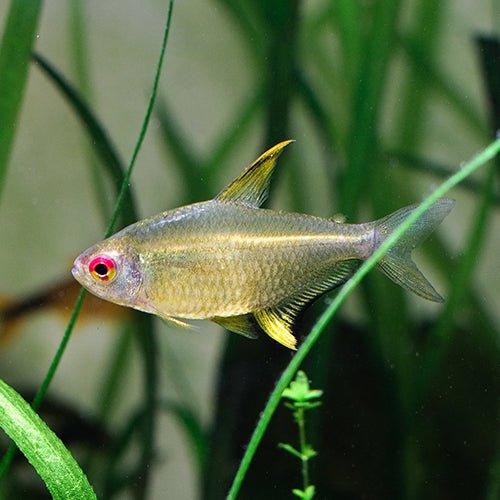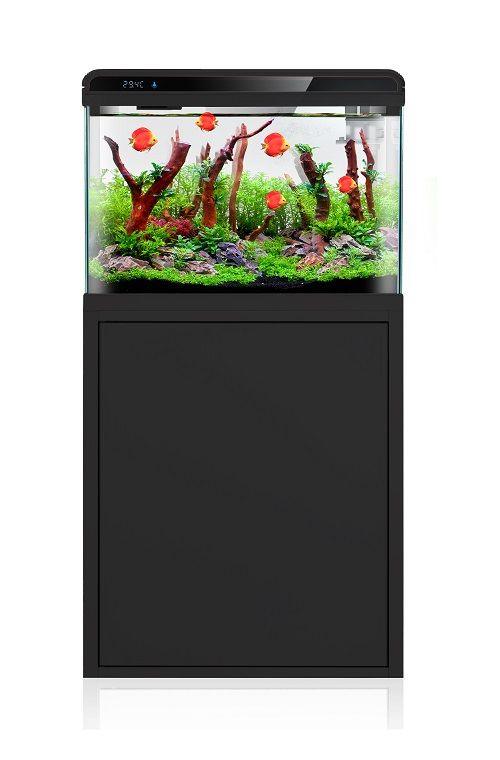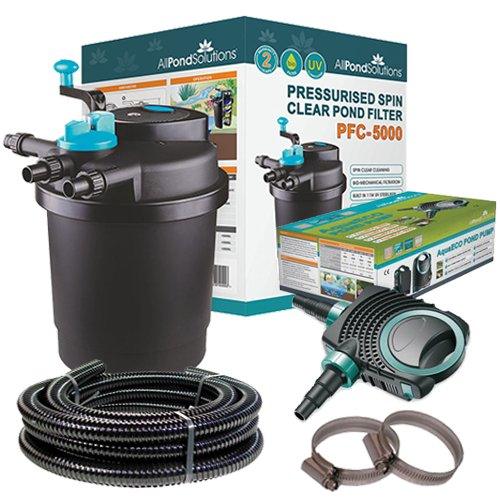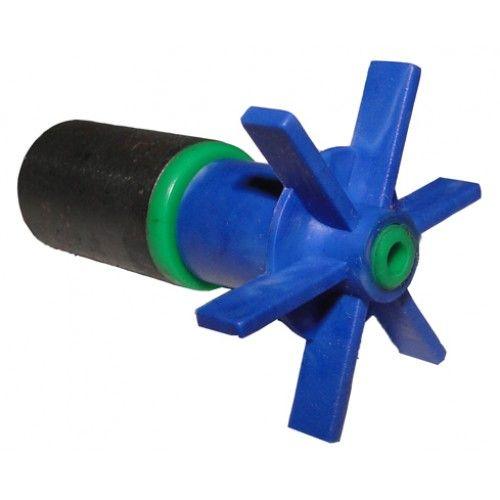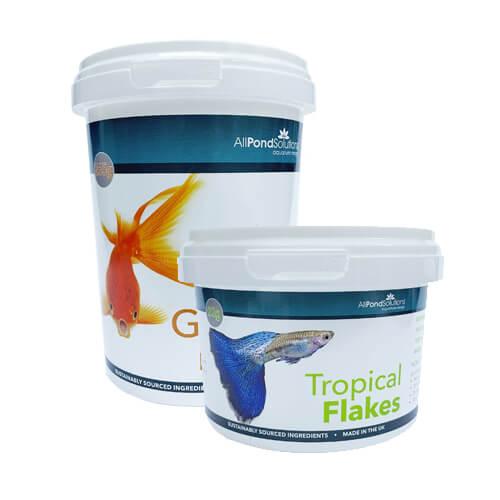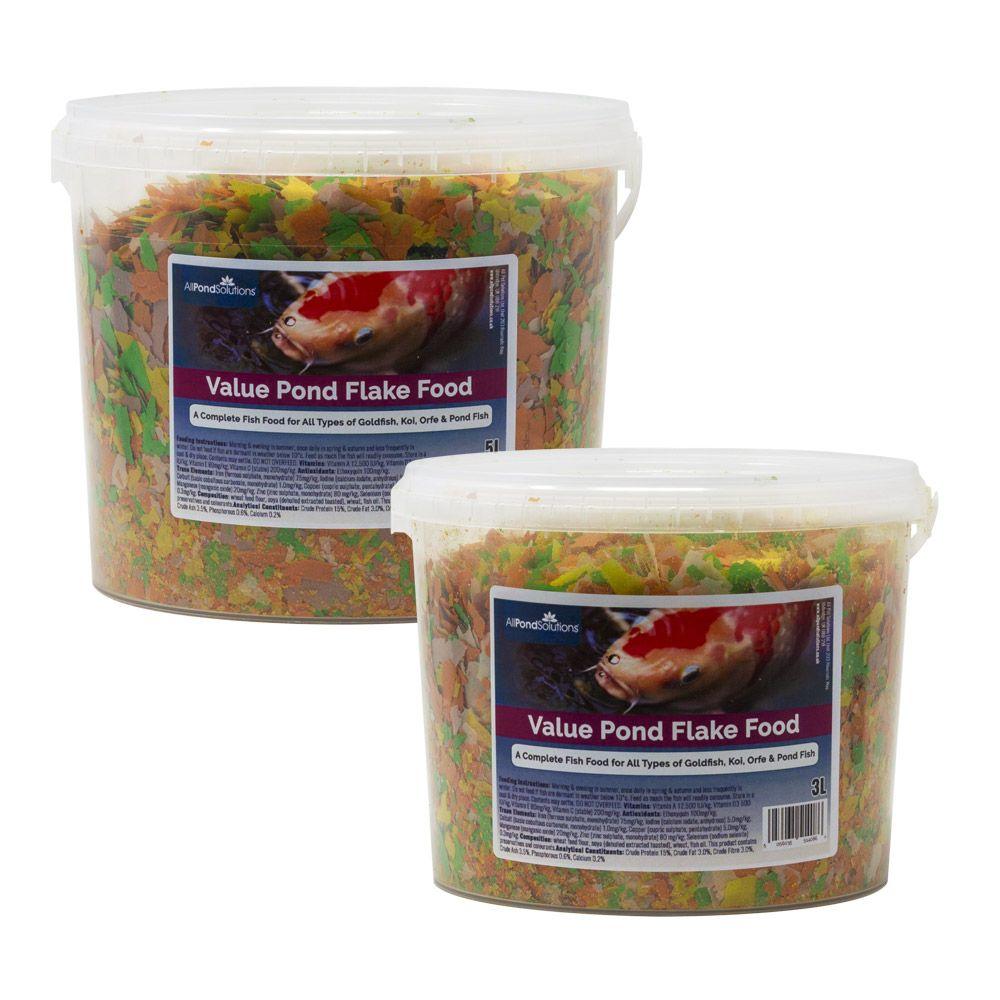Scientific Name: Hyphessobrycon pulchripinnis
Please note – The image used above is for illustration purposes only; Size, colour and sex may vary. Many of our livestock species are sold as juveniles and have not yet reached their full size and colour potential. If you have any concerns about the size or colour of the livestock you wish to order, please contact our livestock team via our support centre before placing your order. Due to the large quantities of livestock orders daily, the livestock team will are unable to select fish / shrimp to meet specific gender or aesthetic needs.
Approximate purchase size : 2.5 - 3cm
All Pond Solutions will always endeavour to supply as close to the approximate size range as possible. Due to variations from suppliers on rare occasions this may not always be possible. Images used are to show the full potential of the fish when fully mature and are not always representative of juvenile specimens.
How easy are they to care for?
An ideal starter fish, very peaceful. Great for beginners to the hobby.
How large can they grow?
4cm
Where in the world are they from?
A species with that is difficult to locate, largely considered to be from the Rio Tabajos basins in Brazil, but has been recorded in the Rio Xingu system as well.
What is the ideal number to keep together?
Lemon Tetras are a shoaling species, and are best kept in large numbers. For best results we recommend keeping at least 6 in a shoal - the more the happier they will be.
What water conditions do they require?
Ideally slightly acidic water conditions are provided between 6.5pH - 7pH however they will happily live in conditions ranging up to pH of 7.5 or higher. Temperatures should range between 24-26°C.
What should you feed them?
Lemon Tetra should be fed a variety of flake, frozen, freeze dried and live foods for a varied diet. Being omnivores they will happily accept a wide range of foods.
How compatible are they with other fish?
Lemon Tetra are peaceful community fish and are generally accepeted by a wide range of tank mates. Please see the compatability chart below for more information.
Can they be bred in captivity?
Adult males have a greater intensity in their colour and appear to be thinner than the female of the species. Will readily spawn in a mature aquarium, however no aftercare is provided and eggs are prone to be eaten.

